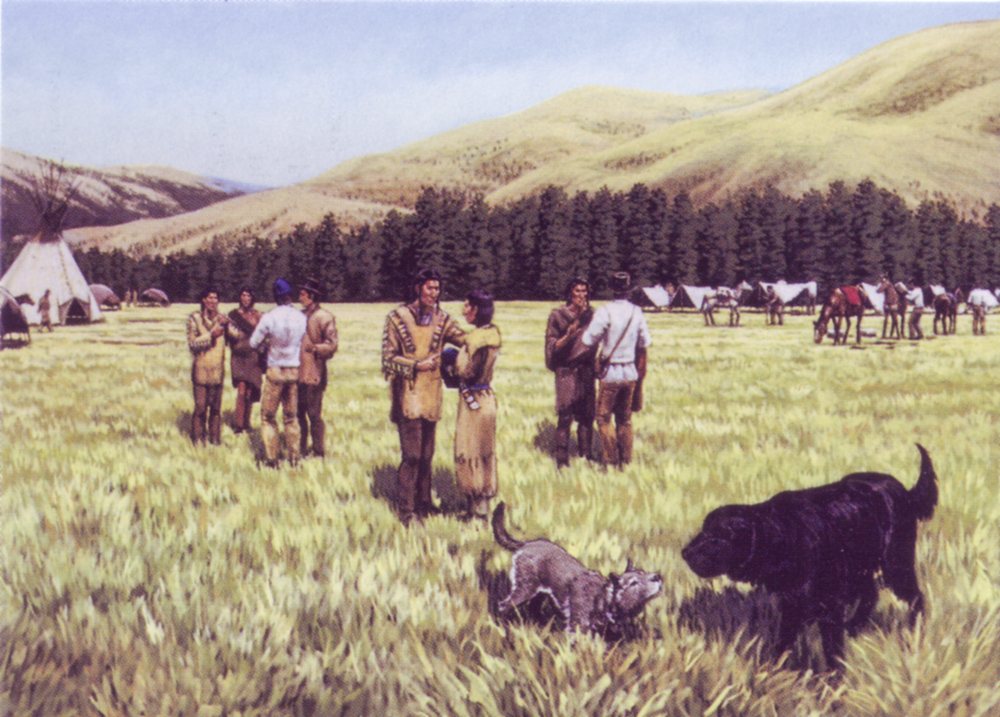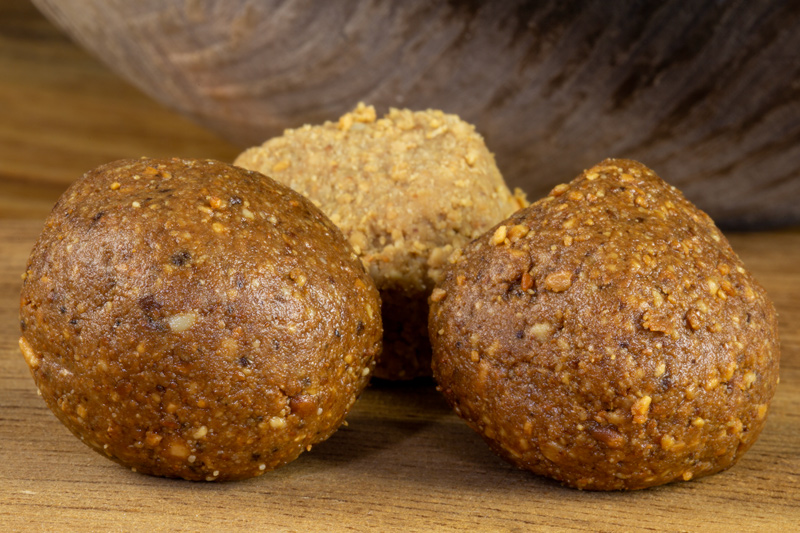Early Frost
by Yellowstone Public Radio[1]Originally aired weekdays by Yellowstone Public Radio during the Bicentennial observance of 2003-2006. Narrated by Hal Hansen. Scripts by Whit Hansen and Ed Jacobson. Produced by Leni Holliman. © … Continue reading
Returning Warriors
about 8 oClock A. M. a nomber of [Lemhi Shoshone] Indians arived here who had been gone along time from the nation one of them got Sculped by some Indians in the prarie or plain he did not know what nation they belonged to. Some of their relations cryed when they came in the village.
—John Ordway
Upper Village Reunion
I left our baggage in possession of 2 men and proceeded on up to join Capt Lewis at the upper Village of Snake Indians where I arrived at 1 oClock found him much engaged in Counceling and attempting to purchase a fiew more horses.
—William Clark
A Pistol for a Horse
I Spoke to the Indians on various Subjects endeavoring to impress on theire minds the advantaje it would be to them for to Sell us horses and expedite the our journey the nearest and best way possibly that we might return as Soon as possible and winter with them at Some place where there was plenty of buffalow,—
I purchased a horse for which I gave my Pistol 100 Balls Powder & a Knife.
—William Clark
Mutual Need for Guns and Horses
we are not like to purchase any more horses here as the natives tell us that they must keep Some horses unless they could git arms and ammunition in return So that they may be able to defend themselves. but we told them that we could not Spare any guns if we Should git no more horses. So we put up the goods, as we have now 27 horses and intend to Set out on our journey tomorrow
—John Ordway
Mapi’ (Sunflower Seed Balls)
© 2023 by Kristopher K. Townsend. Permission to use granted under the Creative Commons Attribution-Share Alike 4.0 International license.
For more about Mapi’ with instruction for making, see Sunflowers.
Sunflower Bread
They make much use of the sunflower and lambs-quarter seed, as before mentioned; which with berries and wild cherries pounded together, compose the only bread they have any knowledge of, or in use.
—Patrick Gass
Making Fire
one of the natives shewed me their method of producing fire, which is somewhat curious. They have two sticks ready for the operation, one about 9 and the other 18 inches long: the short stick they lay down flat and rub the end of the other upon it in a perpendicular direction for a few minutes; and the friction raises a kind of dust, which in a short time takes fire.
—Patrick Gass
Weather Diary
State of the Thermometer at rise
Weather at rise
Wind at rise
State of the Thermometer at 4 P.M. Weather at 4 P.M. Wind at 4 P.M. 32 [above 0] fair S W. 68 [above 0] fair S W Capt. Clark joins me at the upper Indian village [Clark:] I rejoin the party at the Snake Indian village & purchase horses.
—Meriwether Lewis[2]To assist the reader, the editor of this web page has omitted the date column and spelled out some abbreviations.



